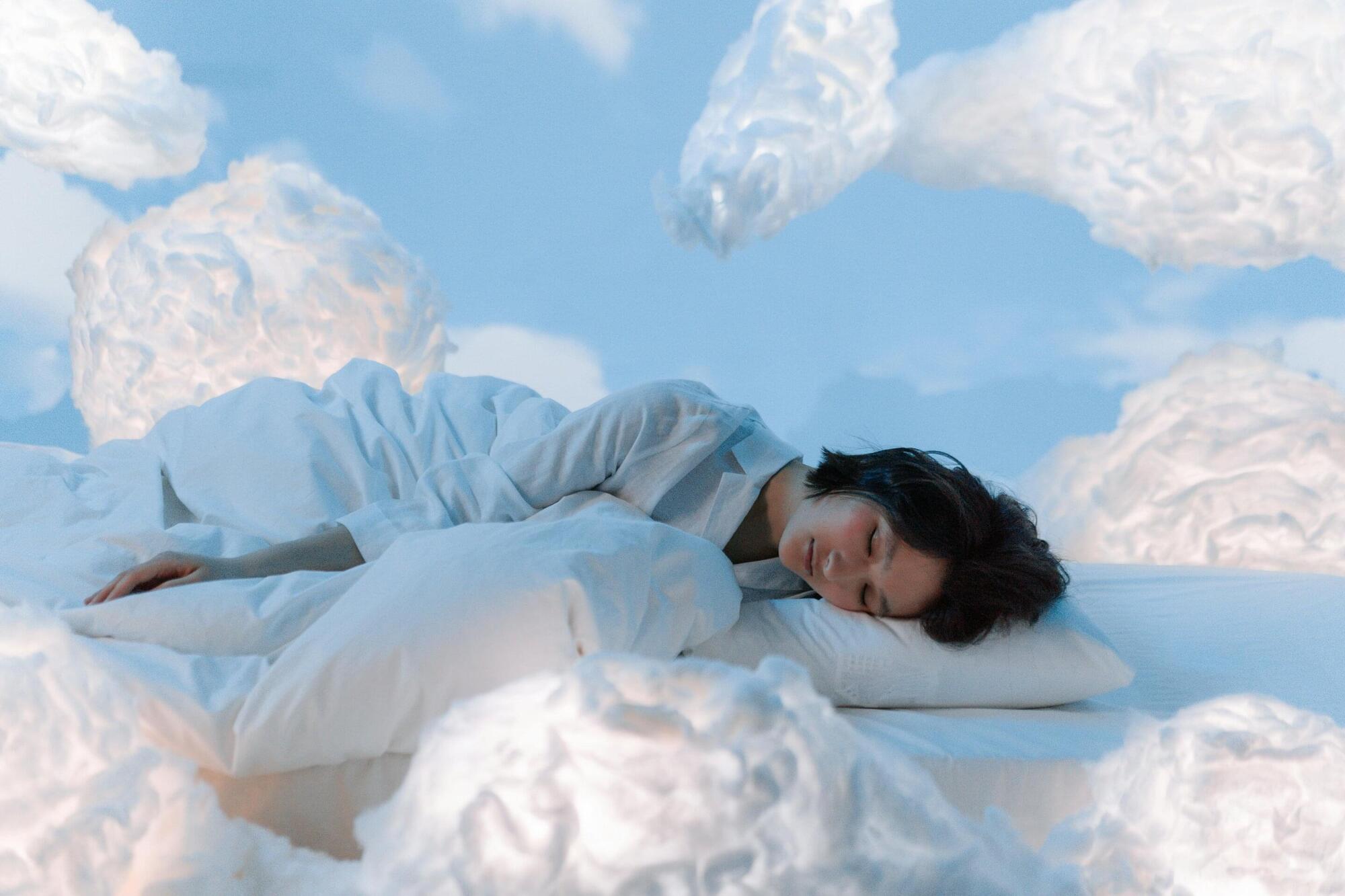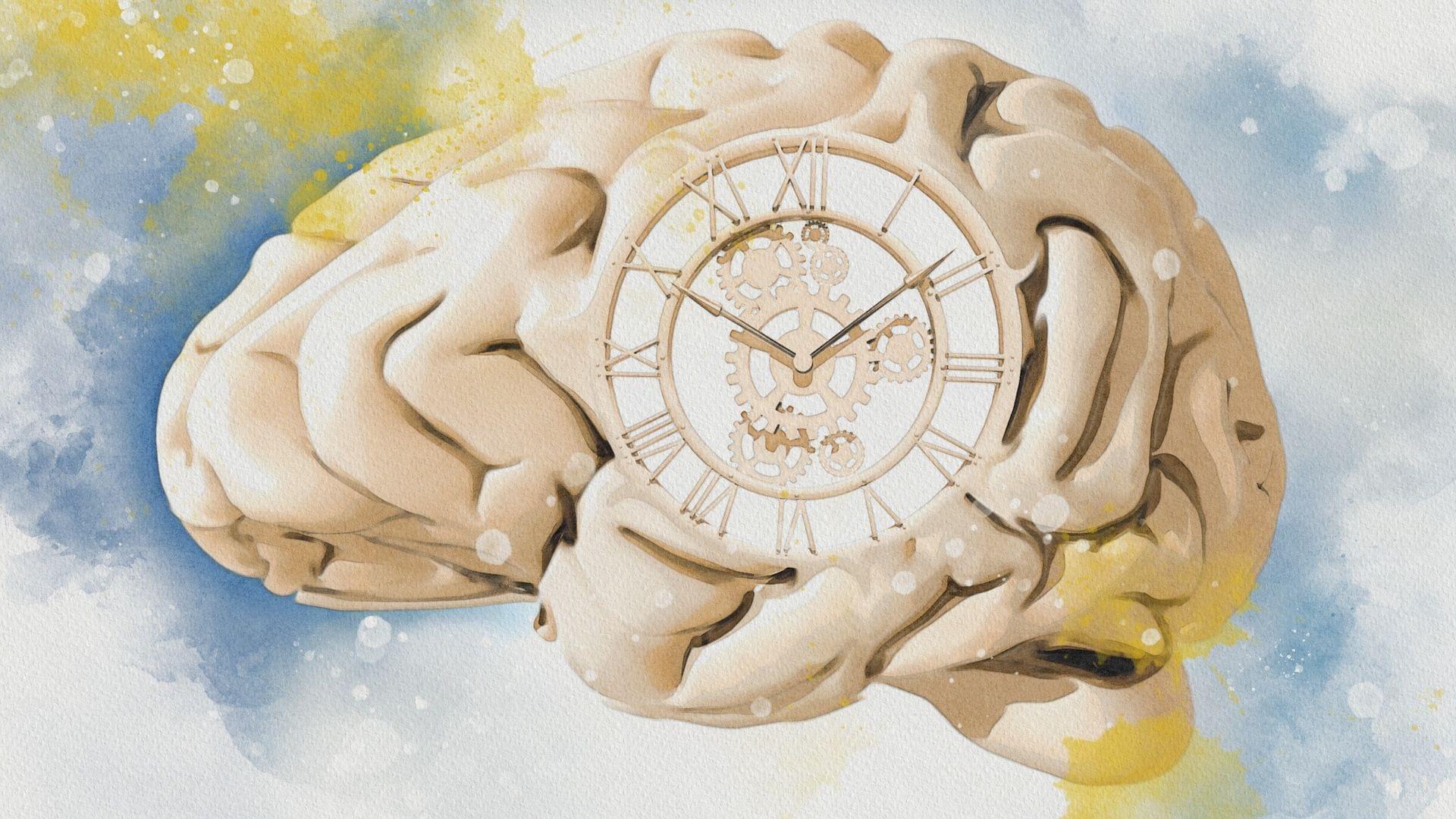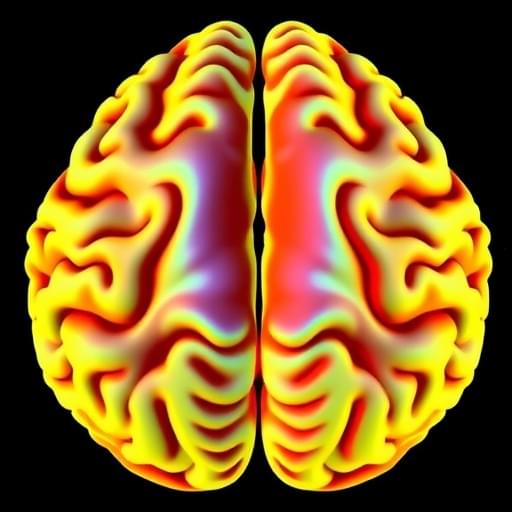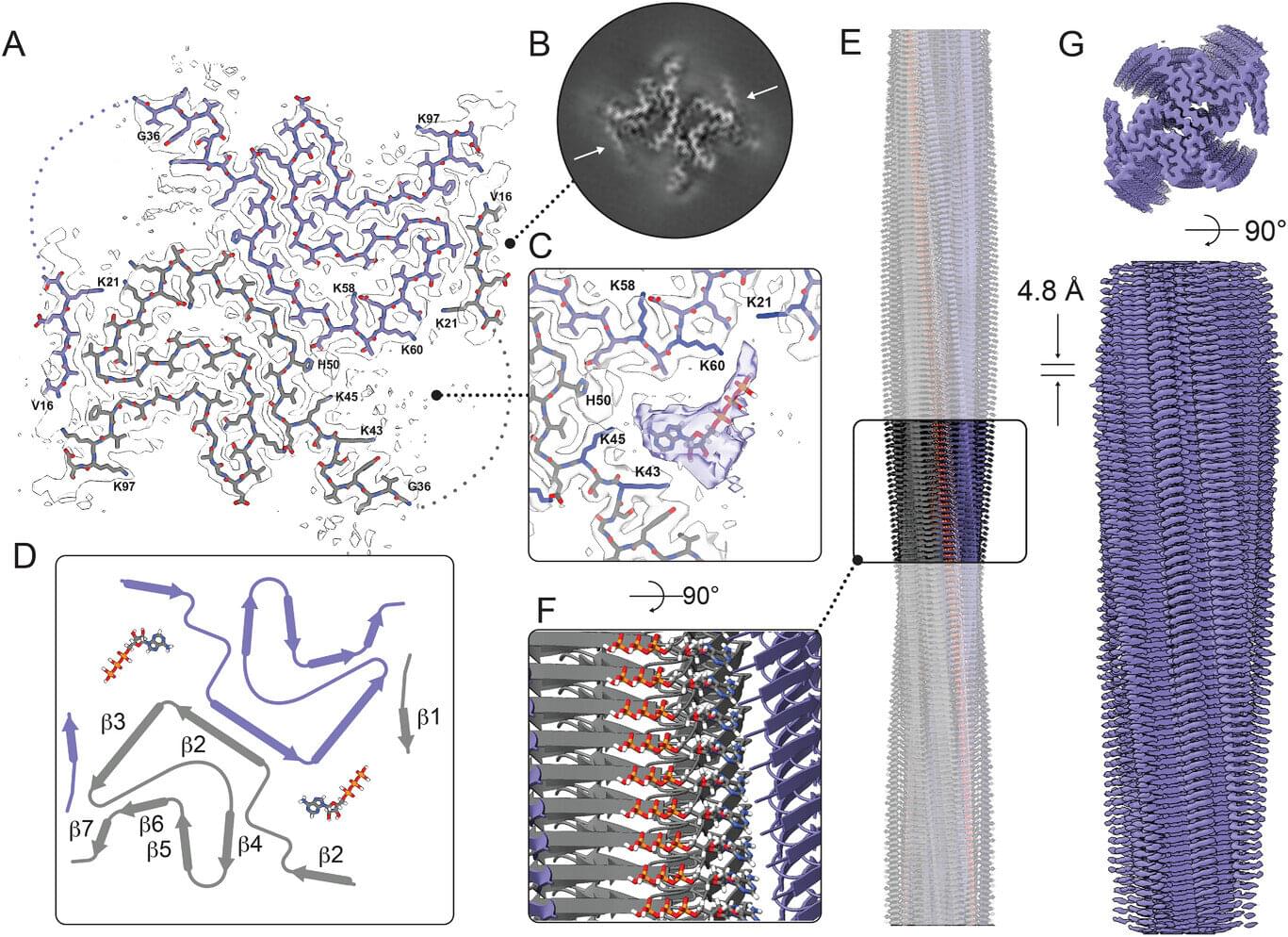This week, researchers reported the discovery of four Late Bronze Age stone megastructures likely used for trapping herds of wild animals. Physicists have proven that a central law of thermodynamics does not apply to atomic-scale objects that are linked via quantum correlation. And two Australian Ph.D. students coded a software solution for the James Webb Space Telescope’s Aperture Masking Interferometer, which has been producing blurry images.
Additionally, researchers are networking tiny human brain organoids into a computing substrate; evolutionary biologists have proposed that environmental lead exposure may have influenced early human brain evolution; and physicists have provided a predictive model to explain accelerating universal expansion without dark matter:









